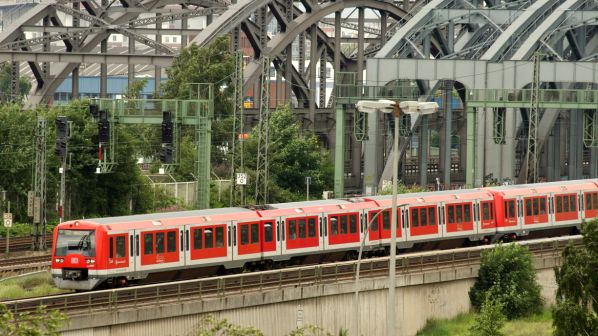Nokia will develop the 5G system based on 3GPP standards for DB’s project to introduce automatic train operation (with drivers on board) in 2021 on a 23km section of Line 21 of the Hamburg S-Bahn from Berliner Tor to Bergedorf. Nokia says 5G has the benefit of low latency and high reliability.
“The proof-of-concept will test whether 5G technology is mature enough to be used as the connectivity layer for future digitalised rail operations,” Nokia says. “The project constitutes an early and important step in the development of the Future Railway Mobile Communications System (FRMCS) standard, based on 5G, and sets the stage for the digital transformation of railway operations.”
The initial objective on Line 21 is to demonstrate driverless shunting of empty trains near Bergedorf station based on the transmission of train control information over the 5G network. “Hamburg S-Bahn needs to move trains from one platform to another at end stations, and this will be done automatically, although drivers will be obliged to remain onboard,” Mr Jochen Apel, vice-president of Nokia’s global transportation division, told IRJ. “DB wants to demonstrate this to the market. Our implementation work will be completed by mid-2020 and then the ATO will be installed to enable the project to go live in 2021.”
Siemens, which implemented ATO over ETCS on the core section of the Thameslink network in London, will install a similar system in Hamburg.

